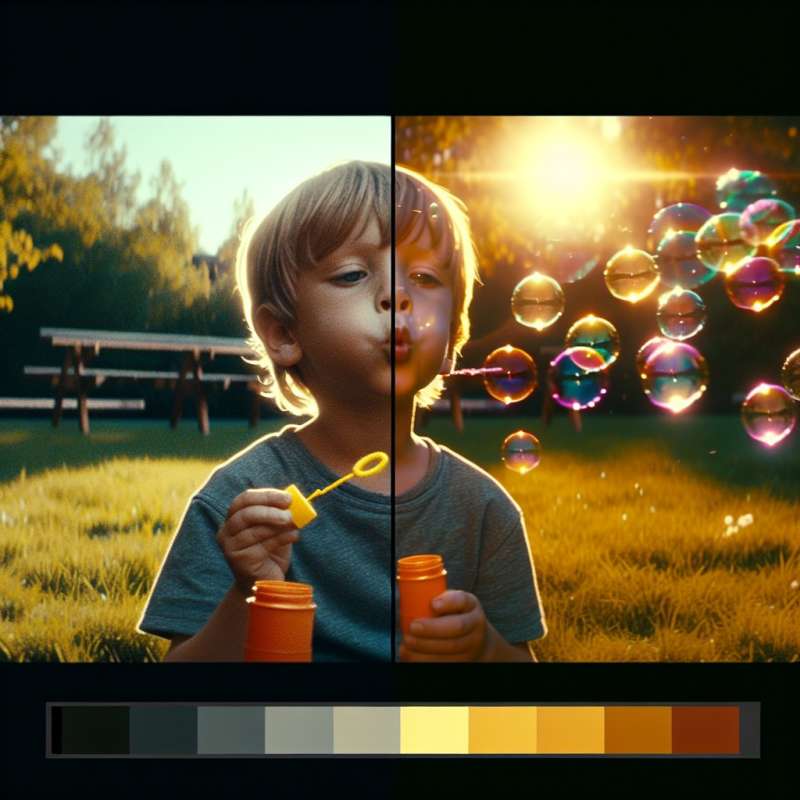
History of Film Editing
Film editing began as simple cuts. It evolved with technology, from physical splicing to digital software. Early editors, often women, pioneered narrative techniques still used, like cross-cutting, despite being unsung heroes of filmmaking.
The Invisible Art
Great editing goes unnoticed, creating seamless storytelling. It's an 'invisible art' that manipulates time, space, and emotion, guiding audience experience without their conscious awareness, a phenomenon termed 'continuity editing'.
Montage Theory Explained
Soviet filmmaker Sergei Eisenstein developed the Montage Theory, revolutionizing editing. He believed collision of shots, not content, created meaning, crafting new ideas in viewers' minds through juxtaposition.
Non-Linear Editing Breakthrough
Non-linear digital editing transformed film post-production. It allowed editors to access any part of the footage instantaneously, vastly improving efficiency and creative flexibility compared to linear tape editing.
Editing Software Evolution
Editing software has democratized filmmaking, from early machines like the Moviola to Avid, Final Cut, and Adobe Premiere. These tools have made high-quality editing accessible to more creators.
Sound's Role in Editing
Sound editing is crucial, often overlooked. It shapes narratives, from subtle Foley sounds to grandiose scores. It can change a scene's tone, pacing, and even meaning.
Color Grading Impact
Color grading, the process of altering and enhancing the color of a motion picture, can dramatically change a movie's visual tone and emotional impact, often setting the mood before a single line is spoken.
Who pioneered film editing techniques?
Early male directors
Early female editors
Modern digital artists
Company